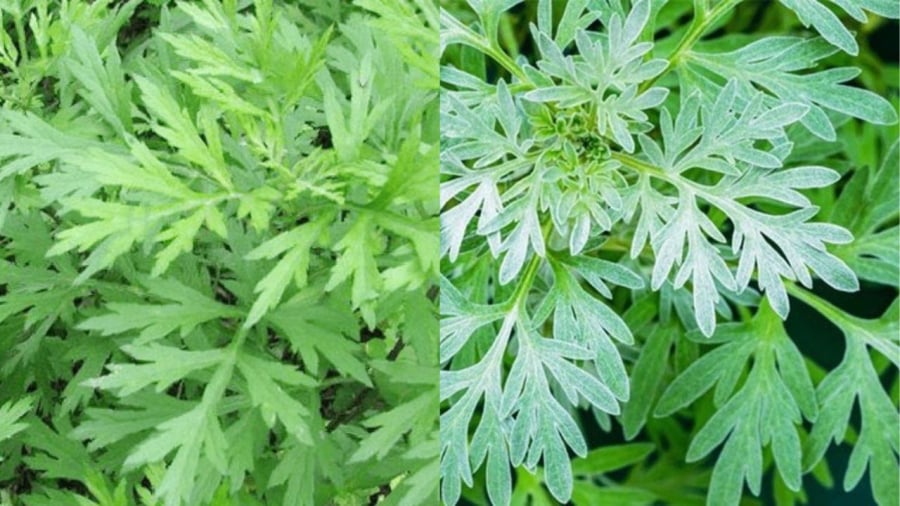What Are the Benefits of Growing Wormwood?
Wormwood is a versatile plant, used in cuisine and traditional medicine. It typically grows close to the ground, but can reach heights of several meters as it matures. Wormwood is well-known in folk medicine for its ability to alleviate headaches and body aches, as well as its use in steam treatments for fatigue and flu-like symptoms.
In Feng Shui, wormwood is considered a sacred plant. From Asia to Europe, it has been associated with witchcraft and sorcery. Traditionally, wormwood is believed to possess strong yang energy. Therefore, growing wormwood is thought to bring about change, ward off evil spirits, and bring good fortune. It is a favored plant among spiritual practitioners and shamans.

The Many Uses of Wormwood
In Vietnamese culture, it is common to hang wormwood at the entrance of homes to ward off evil spirits and purify the living space. Travelers often carry dried wormwood in their pockets to protect themselves from supernatural entities. Additionally, wormwood’s aromatic essential oils possess antiseptic properties, helping to cleanse and purify the environment.
Different Uses of Wormwood
According to ancient wisdom, every household should have a patch of fresh wormwood growing in front of their home. Wormwood is easy to cultivate; it self-seeds and propagates readily. Once planted, it can last for many years. As wormwood ages, its leaves develop a more bitter taste. Fresh wormwood can be consumed as food or used to prepare bathwater and steam treatments.
Dried wormwood has its own unique applications. Hanging a bundle of dried wormwood in front of the house is a traditional way to ward off evil spirits and purify the space, especially during the end of the year. Burning dried wormwood leaves creates smoke that is believed to drive away evil spirits and cure illnesses. In ancient times, wormwood was also used for divination and predicting the future. A decoction of wormwood can be used to mop the floor to banish negative energies or for a relaxing bath to wash away bad luck.

Using Fresh or Dried Wormwood
Moreover, wormwood is effective in repelling mosquitoes and preventing mosquito-borne diseases. Burning dried wormwood leaves creates smoke that helps keep mosquitoes at bay. Hanging a bundle of wormwood in front of the house or burning it can ward off evil spirits and bring good fortune to the family. A decoction of wormwood is also used for bathing to treat the flu and wash away bad luck.
Many people dry wormwood and stuff it into pillows, believing it helps alleviate headaches.
How to Grow Wormwood
Wormwood can be grown in various locations, including the front, back, or sides of a house, or even in a garden. It can be planted in pots or directly in the ground. Wormwood can be grown from seeds, young plants, or cuttings. To propagate from cuttings, simply snap off a piece of wormwood and plant it in the soil.
To ensure the healthy growth of your wormwood plant, consider the following tips:
– Wormwood thrives in sunny conditions, so make sure it receives adequate sunlight, at least five hours per day, for optimal photosynthesis.
– When first planting wormwood, water it twice a day, in the morning and at night. Once established, wormwood becomes drought-tolerant.
– Wormwood spreads quickly and horizontally, so there is no need for excessive fertilizing or pampering.
– Mature wormwood plants are drought-resistant and do not require frequent watering.
– Wormwood can be grown in plastic tubs, plastic pots, or directly in the ground.
This information is based on empirical observations and may vary.
The Most Popular At-Home Remedies for Treating Neck and Shoulder Pain
Neck and shoulder pain is not a serious condition, but it is a sign of cervical spine disorders. The pain in the neck and shoulders causes a lot of discomfort for patients. In the following article, we would like to share with readers the causes and the most successful home treatments for neck and shoulder pain.






































